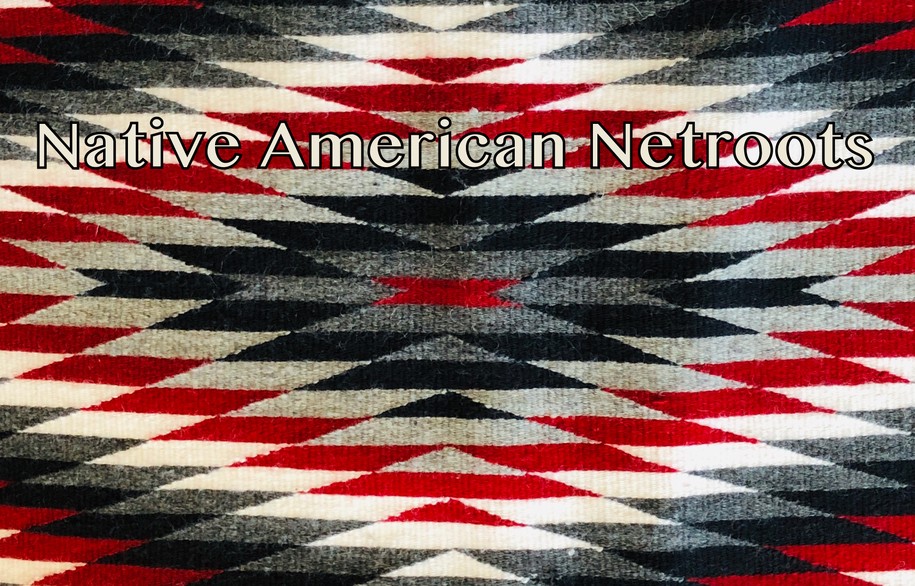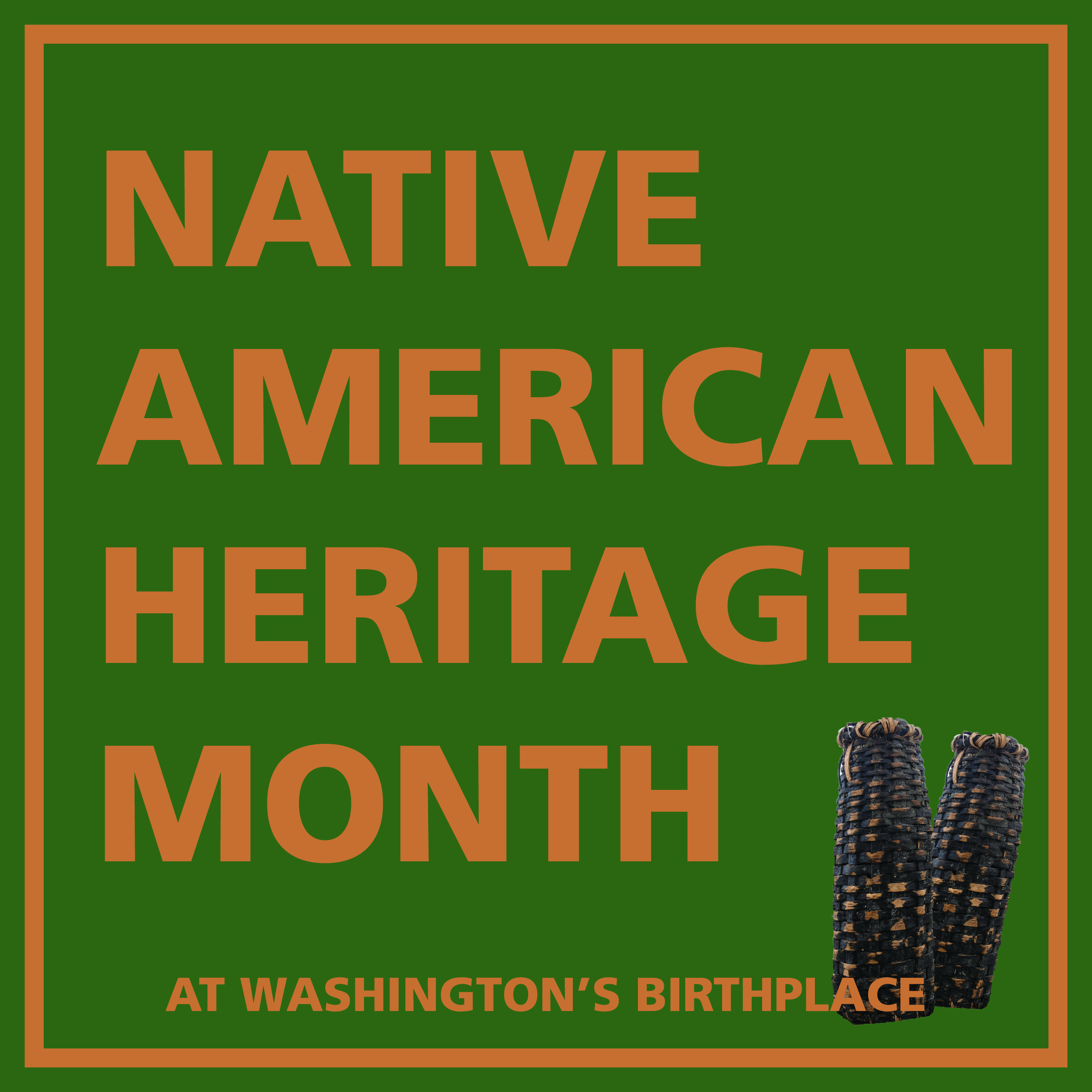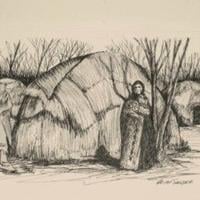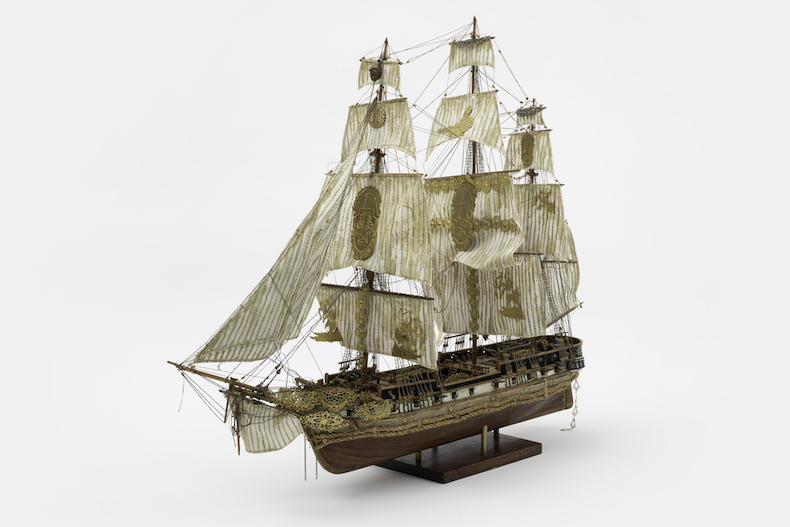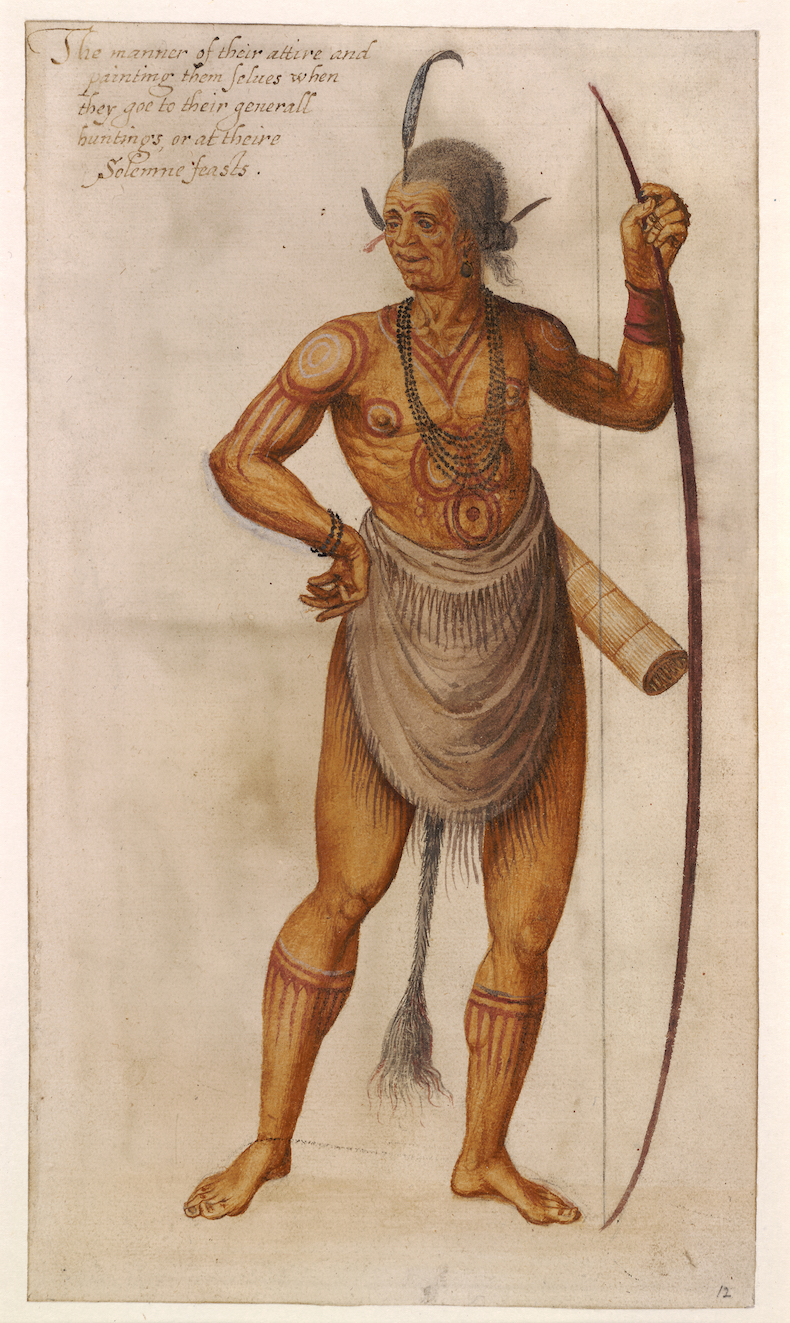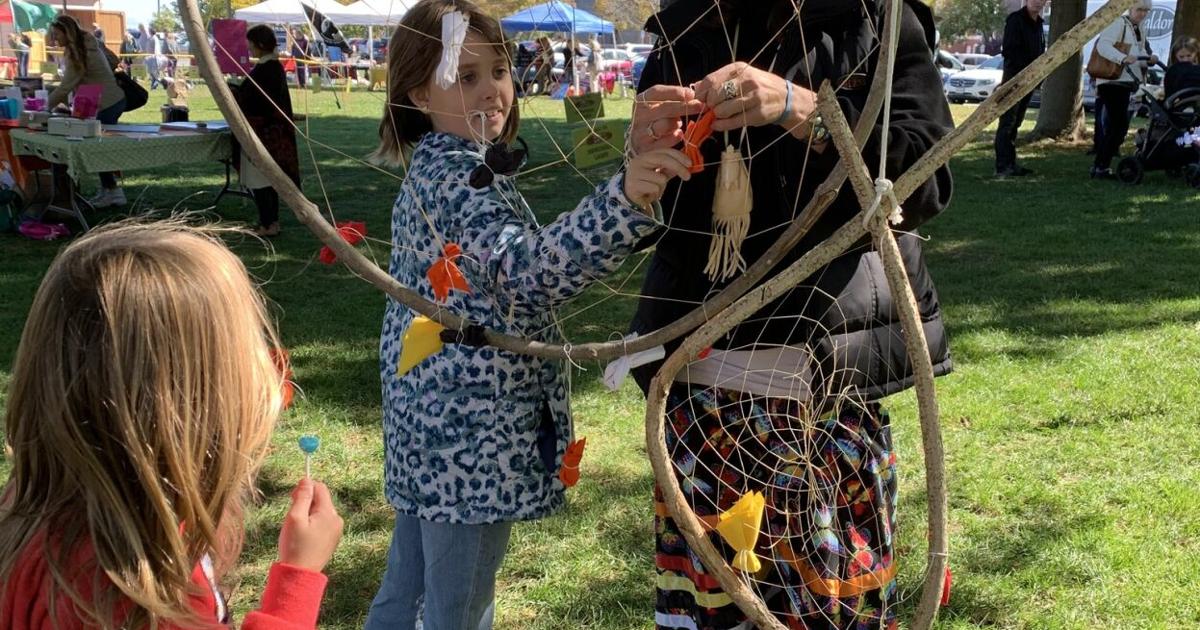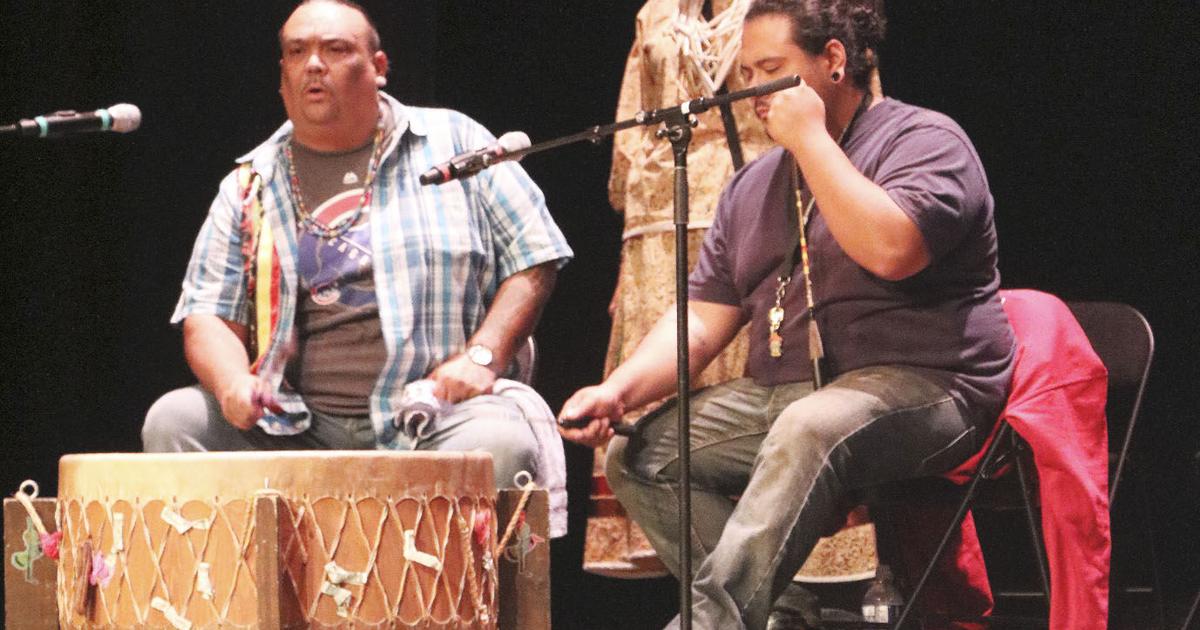In North America, linguists generally recognize 58 language families and isolates. Understanding language families is one of the keys to understanding the historical relationships between the Indian groups. The Algonquian language family is a large American Indian language which is found in the Eastern Woodlands, the Plains, and California.
With regard to the history of the Algonquian languages and their spread across North America, some linguists postulate that the Algonquian homeland is on the eastern slopes of the Rocky Mountains, the home to the Algonquian-speaking Blackfoot. In his book The Origin of Language: Tracing the Evolution of the Mother Tongue, linguist Merritt Ruhlen writes:
“The initial division in the family left the Proto-Algonquians in place to become the Blackfoot, while the other group spread eastward, initially differentiating into the Algonquian languages found in the Great Plains. These languages then spread farther eastward, with the occupation of the East Coast representing the final movement in the dispersal.”
On the other hand, linguist Ives Goddard, in his chapter on the Algonquian languages of the Plains in the Handbook of North American Indians, writes:
“…the linguistic evidence supports the hypothesis that the Plains Algonquian languages moved westward onto the Plains with their speakers, separating from other Algonquian speakers who remained in the woodlands about the Upper Great Lakes.”
Some of the divisions within the Algonquian language family are briefly described below.
Plains Algonquian
The Plains Algonquian sub-family includes Blackfoot, Cheyenne, Arapaho, Gros Ventre (Atsina), Besawunena, Nawathinehena, and Ha’anahawunena. The last five languages are considered to belong to an Arapahoan sub-group which is distinguished by certain innovations not found in other Algonquian languages. Arapaho, Gros Ventre, and Besawunena are similar enough that their speakers could understand each other with a little practice.
Among the Plains Algonquian languages, there is a…
